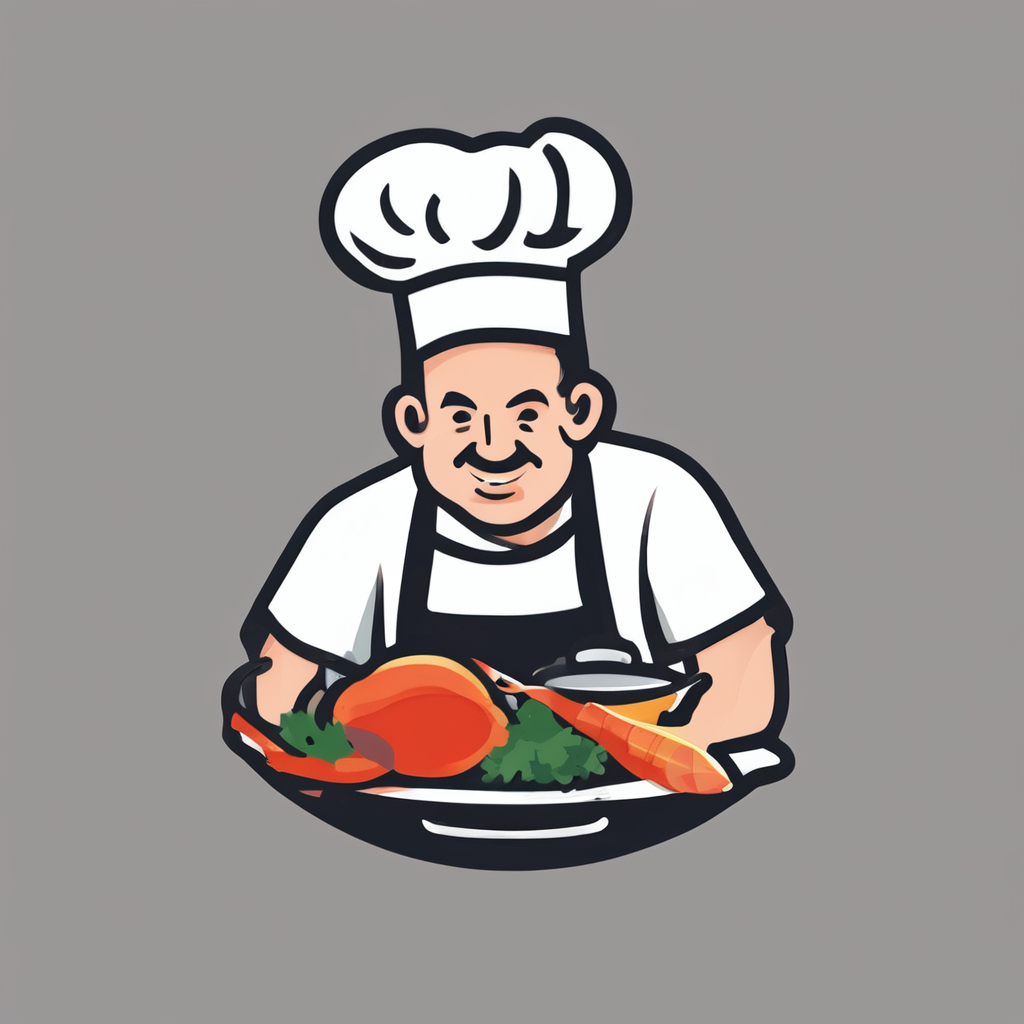Key Influences of Traditional British Kitchens on Modern Design
Traditional British kitchens have left a lasting imprint on modern kitchen design through their essential features and evolving functions. Historically, these kitchens were primarily utilitarian spaces, focused on practicality rather than aesthetics. Over time, they transitioned into multifunctional rooms, blending cooking, dining, and social activities. This evolution has directly shaped today’s open and inviting kitchen layouts.
Historic craftsmanship plays a significant role in the continued appreciation for traditional British kitchens. The use of timber joinery, handcrafted details, and time-tested construction techniques inform modern design choices. Materials like oak, pine, and natural stone, once staples of British kitchens, remain popular. These durable, natural materials offer both authenticity and warmth, balancing contemporary sleekness with heritage.
Also to see : How Will Emerging Trends Shape the Future of UK Kitchen Designs?
In contemporary design, the traditional emphasis on functionality and form merges seamlessly with innovation. Traditional British kitchens inspired elements such as spacious worktops, built-in storage, and robust cabinetry. This fusion provides a sense of coziness and timelessness while supporting modern lifestyles. Understanding these influences offers clarity when considering how heritage informs present-day kitchen evolution.
Evolution of Cabinetry, Materials, and Color Palettes
Traditional British kitchens have strongly influenced British kitchen cabinetry, notably through the rise of shaker-style and in-frame cabinetry. These styles emphasize simplicity, durable construction, and functionality, characteristics deeply rooted in traditional craftsmanship. Such cabinetry conveys a timeless appeal while providing practical storage solutions that suit modern needs.
Have you seen this : How is the UK embracing open shelving in kitchen decor?
Materials remain a cornerstone of this heritage influence. Natural woods like oak and pine continue to be favored for their authenticity and warmth. Stone, often employed for worktops and flooring, adds to the tactile experience and durability valued in both traditional and contemporary kitchens. Painted finishes also play an important role, with various textures offering visual interest without losing connection to the past.
Color palette trends in modern kitchen design often lean on muted heritage colors. Shades like soft sage green, deep navy, and warm greys echo traditional British aesthetics. These tones are frequently reinterpreted in subtle ways to fit modern interiors, blending old-world charm with fresh vibrancy.
Together, the evolution of cabinetry styles, adherence to traditional materials, and tasteful use of heritage-inspired color palettes demonstrate a continuous dialogue between the past and present in kitchen evolution. This balance ensures functional beauty tailored to current lifestyles.
Layout Innovations Driven by British Heritage
Traditional British kitchens have profoundly influenced kitchen layouts that prevail in modern homes. The classic transition from closed, utilitarian scullery areas to open-plan kitchens reflects changing social dynamics and priorities in kitchen evolution. Open layouts encourage interaction and connectivity, fostering a communal atmosphere once confined to separate rooms.
The enduring presence of traditional kitchen islands is a direct nod to farmhouse and country kitchen designs. Originally, islands provided additional workspace and storage, but today they also serve as social hubs for casual dining and gathering. Their multifunctionality exemplifies the blend of practicality and warmth that heritage kitchens impart to modern design.
Integrating larders and pantries showcases another practical heritage feature finding renewed popularity. These storage spaces help maintain order and accessibility while honoring the British kitchen’s historical focus on functionality.
Together, these layout innovations illustrate how historical British designs encourage fluidity and functionality in today’s kitchens. The heritage roots of open-plan spaces, versatile islands, and organized storage solutions continue to shape the way kitchens are planned, blending tradition with contemporary lifestyles.
Modern Adaptations of Functional Design Principles
Traditional British kitchens have always prioritized functional kitchen design, a value that persists in today’s layouts. The classic focus on efficient workflow—organizing cooking, preparation, and cleaning zones logically—remains central to modern kitchen evolution. This zoning supports streamlined daily routines, reducing unnecessary movement, which is crucial for practicality and comfort.
One prominent feature adapted from traditional kitchens is hidden storage. Clever use of concealed compartments, pull-out pantries, and integrated cupboards reflects the British heritage of maintaining order and minimizing clutter. This design approach enhances a spacious feel despite often compact layouts, ensuring that tools and ingredients are within easy reach but out of sight.
Built-in bench seating and dining nooks are another nod to historic British homes, where informal dining and socializing were integral to kitchen use. Incorporating these elements today fosters cozy, multifunctional spaces that combine eating, working, and relaxing, making kitchens more inviting and flexible.
Overall, modern adaptations of traditional functional principles continue to optimize kitchen efficiency while preserving the warmth and practicality characteristic of traditional British kitchens. These solutions show the lasting impact of heritage on contemporary living.
Key Influences of Traditional British Kitchens on Modern Design
Traditional British kitchens have shaped modern kitchen design by embedding essential features that reflect a rich heritage. Early kitchens were largely utilitarian, designed purely for practical cooking needs. Over time, these spaces evolved into multifunctional rooms, integrating dining and socializing, which is a core trait in contemporary kitchens.
Historic craftsmanship remains a major influence. Techniques such as bespoke timber joinery and the use of durable, natural materials like oak and stone continue to inform material choices today. These elements lend authenticity and a tactile warmth often sought in modern kitchen evolution, counterbalancing sleek and contemporary finishes.
Furthermore, traditional kitchens prioritized robust cabinetry with practical details, which inspire today’s emphasis on quality and longevity in kitchen furniture. The blending of form and function characteristic of traditional British kitchens has informed open, welcoming layouts that emphasize both aesthetics and utility.
This integration of traditional design principles in modern kitchens ensures an enduring sense of heritage while facilitating the dynamic demands of today’s lifestyles, exemplifying how kitchen evolution bridges the past and present effectively.
